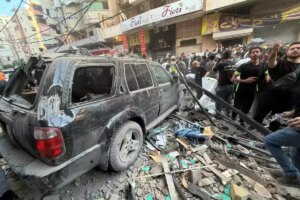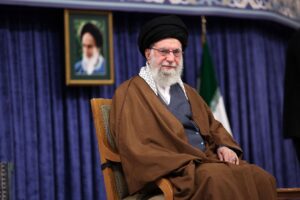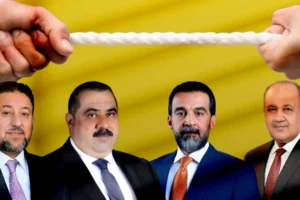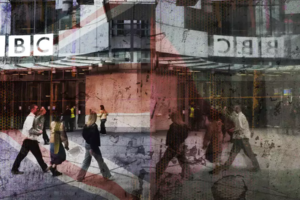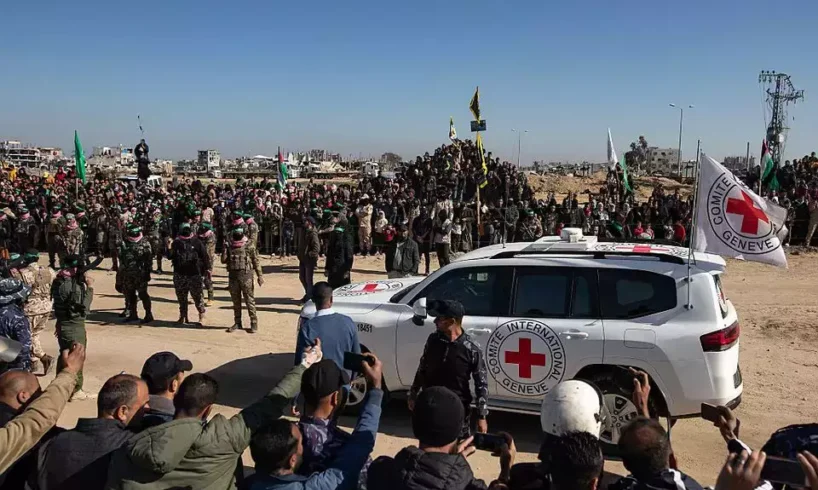
The hostage and ceasefire deal reached in Sharm el-Sheikh raise numerous questions about its details and timeline. Key issues, such as the release of senior terrorists and the depth of Israel’s planned withdrawal, have yet to be fully disclosed.
Likewise, the mediators’ complex web of interests, the future of the Gaza Strip, and the reconstruction process remain unclear.
Israel Hayom will attempt to clarify these issues, as much as possible, with what we know so far.
When will the hostages be released?
According to President Donald Trump, mediators, and Hamas sources, the release of hostages is expected to begin this coming Monday. Over the weekend, Hamas is supposed to start preparing the hostages in what they call “safe locations.” Twenty living hostages are set to be released in one group, in a process expected to take place over a short time span.
Or Levy is being airlifted by helicopter from the Re’im reception base to Sheba Medical Center at Tel Hashomer
Both sides understand that there will be no cynical propaganda ceremonies, unlike in past deals. However, it’s unclear whether the terrorist groups will actually comply. The release of deceased hostages is also expected to begin on Monday, but not all will be returned immediately. Hamas claims it must first “locate” some of them, as several were hidden in destroyed areas.
Simultaneously, hundreds of Palestinian prisoners will also begin to be released on Monday. On Friday, Israeliswill be permitted to file High Court petitions against specific prisoner releases.
When does the ceasefire take effect?
The ceasefire is to take effect today once the Israeli government approves the deal. In practice, IDF operations have already been scaled back in recent days to a minimum, focusing mostly on defensive measures and preventing the return of civilians to Gaza City.
What does the Trump plan include?
The plan is divided into phases: a full hostage deal followed by a post-war phase. Phase A involves the release of living hostages and the return of at least some of the deceased—ideally all—in exchange for the release of 250 terrorists serving life sentences, approximately 1,700 Gazans detained since October 2023, an end to the war, and a partial IDF withdrawal.
The Kfir Brigade in Gaza. Photo: IDF Spokesperson’s Unit. IDF Spokesperson’s Unit.
Phase B will focus on matters still under negotiation: disarming the terrorist groups in Gaza, establishing a new governing authority, the deployment of an international force, and continued IDF withdrawal. There are fundamental disagreements, especially over the disarmament clause. While Egypt claims Hamas is willing to transfer its rockets to an Arab entity, Hamas’ overseas leadership insists they will retain their weapons until a Palestinian state is established and the “occupation ends.”
Who are the prisoners being released?
As previously mentioned, hundreds of terrorists, many with blood on their hands, are slated for release.
There is a dispute between Israel and Hamas over six “senior prisoners”: Marwan Barghouti of Fatah, Ahmad Saadat of the Popular Front for the Liberation of Palestine, and from Hamas, Ibrahim Hamed, Hassan Salameh, Abdullah Barghouti, and Abbas al-Sayed. As of Thursday evening, Israel opposed their release, but Hamas remains hopeful it can secure at least partial approval.
What are the planned withdrawal lines?
In Phase A, Israel will conduct a partial withdrawal to the “yellow line” outlined in Trump’s original map, with minor adjustments. This means retreating from densely populated areas while retaining control over about half of the Gaza Strip, including strategic locations like the Philadelphi Corridor and the 70 Ridge. Phase B envisions a broader withdrawal, contingent on reaching further agreements.
What are the mediators’ interests in the deal?
Following an Israeli attempt to assassinate senior Hamas operatives in Doha, Qatar received both an apology from Prime Minister Benjamin Netanyahu and a US guarantee of protection from future strikes. This paved the way for Qatar’s return to the mediation process.
Trump and Erdoğan (archive). Photo: AFP
Egypt secured the cancellation of the Gaza emigration plan, which had sparked concerns over another wave of refugees into its territory. Cairo is also pushing for an end to Houthi threats against Red Sea shipping lanes, which would allow for renewed traffic through the Suez Canal, one of Egypt’s main revenue sources.
Turkish President Recep Tayyip Erdoğan is looking to strengthen his defense and diplomatic ties with Trump, especially around arms deals and shared interests in post-war Syria, where a pro-Turkey Islamist government has emerged.
What role are other Arab countries playing?
The United Arab Emirates seeks a post-war role in Gaza and is already involved in several humanitarian projects there under “Operation Noble Knight.” The effort helps frame the Abraham Accords as a way to influence Israel.
Saudi Arabia, which spearheaded the international push for global recognition of a Palestinian state, is being offered a pathway toward such a state. However, it remains unclear whether this will be enough to resume normalization talks with Israel. Jordan, meanwhile, is trying to calm its large Palestinian population, which has staged pro-Gaza and pro-Hamas demonstrations.
Will Hamas be able to recover?
Yes. The deeper the IDF withdraws, the more operational freedom the terrorist organization will have: to recruit new operatives, conduct training, appoint new commanders, develop weapons and rebuild infrastructure. This risk is especially pronounced if, as part of Phase B, Israel withdraws from the Philadelphi Corridor. According to Arab media, the Rafah crossing will reopen in both directions, potentially allowing terrorists abroad to return to Gaza.
Hamas Terrorists. Photo: EPA
However, rebuilding will take time. Hamas and other groups have lost tens of thousands of fighters and much of their command structure. The question remains how much freedom Trump’s administration and the international community will allow Israel to prevent Hamas’ resurgence, including striking at terrorists, senior operatives, and emerging terror infrastructure, or even launching new military operations in the coming years.

